From Barrier to Resilience: What Postbiotics, Trehalose, and Next‑Gen Peptides Actually Do for Skin Health (and How to Stack Them with Antioxidants)
Postbiotics, trehalose, and AI-designed peptides synergistically boost skin resilience at the cellular level, transforming skin health for long-term benefits.
The skincare industry is witnessing a revolutionary shift from simple barrier protection to comprehensive skin resilience. While traditional approaches focused on surface-level hydration and basic sun protection, today's most effective formulations harness the power of postbiotics, trehalose, and AI-designed peptides working synergistically with antioxidants to fundamentally transform how our skin functions at the cellular level. This evidence-based exploration reveals exactly how these next-generation ingredients work, why they're more effective than their predecessors, and how to strategically combine them for maximum impact on skin health and longevity.
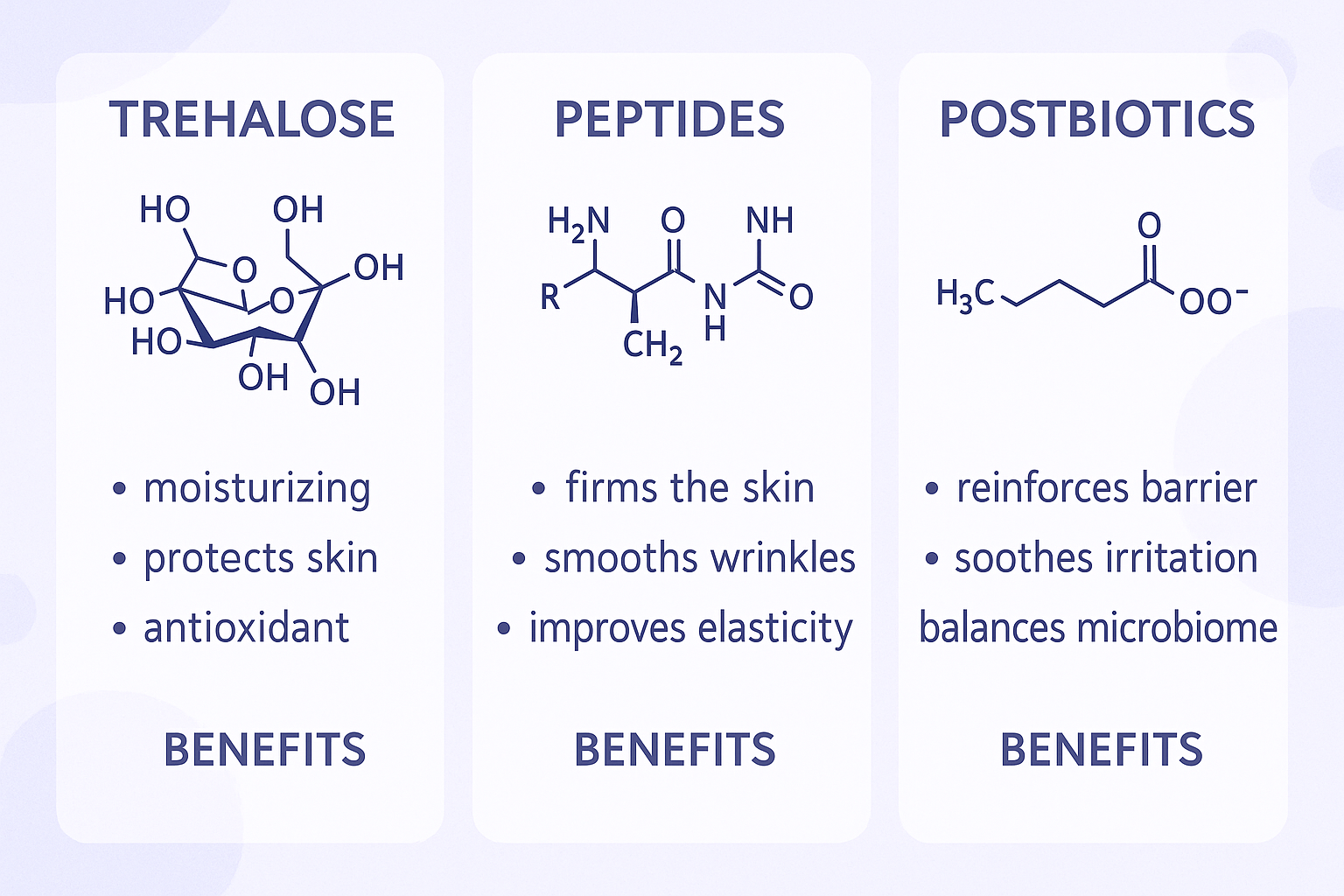
Molecular structures and benefits of key next-generation skincare ingredients
The Science of Skin Resilience: Beyond Basic Barrier Function
Modern skin science has evolved beyond the traditional "brick and mortar" model of the stratum corneum to embrace a holistic ecosystem approach. The skin barrier now encompasses four interconnected systems: the permeability barrier, antimicrobial barrier, antioxidant barrier, and immune response barrier. This comprehensive understanding has led to the development of ingredients that don't just protect the surface but actively strengthen the skin's underlying infrastructure.[^1][^2]
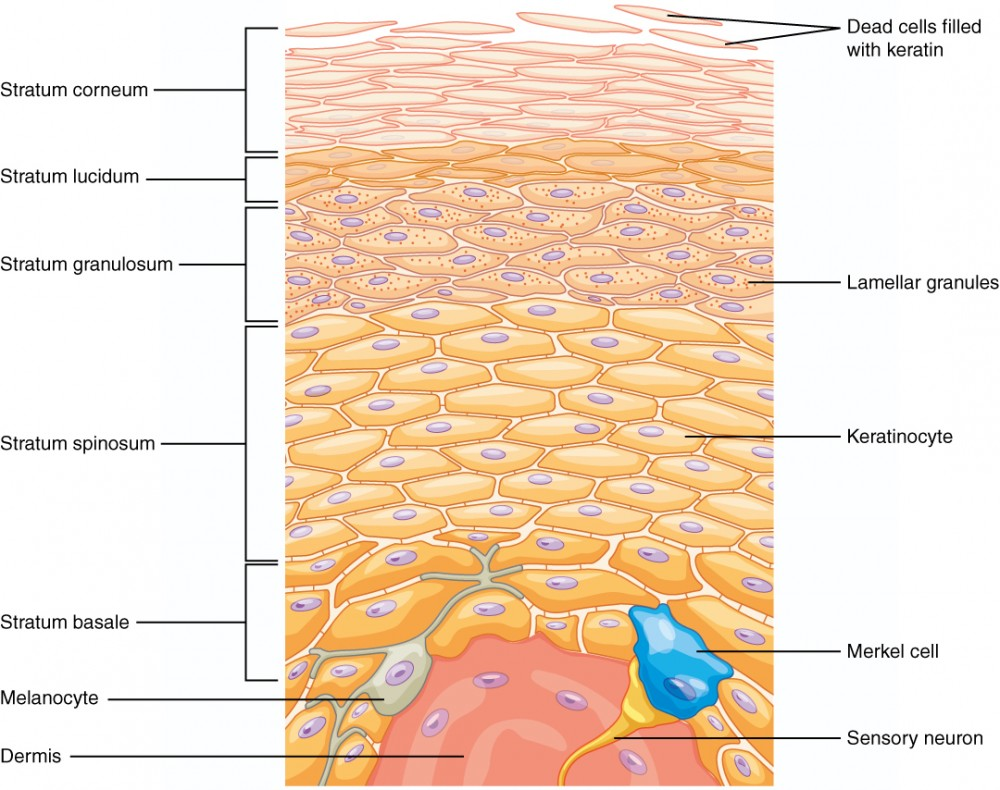
Cross-section of skin layers showing the epidermis strata, cells, and structures involved in barrier function and skin health.
Recent research demonstrates that compromised skin resilience stems from multiple factors including disrupted autophagy processes, microbiome imbalances, oxidative stress accumulation, and impaired cellular signaling pathways. Traditional skincare ingredients often address symptoms rather than root causes, which explains why many consumers experience temporary improvements that plateau over time.[^3][^4]
The shift toward resilience-focused skincare recognizes that healthy skin requires continuous cellular renewal, balanced microbial communities, and robust stress response mechanisms. This paradigm change has driven the development of sophisticated ingredients that work at the molecular level to enhance these fundamental processes.[^3]
Understanding Cellular Autophagy in Skin Health
Autophagy, the cellular "housekeeping" process that removes damaged proteins and organelles, plays a crucial role in maintaining skin health and preventing premature aging. This process becomes less efficient with age and environmental stress, leading to accumulation of cellular debris and compromised skin function.[^4][^5]
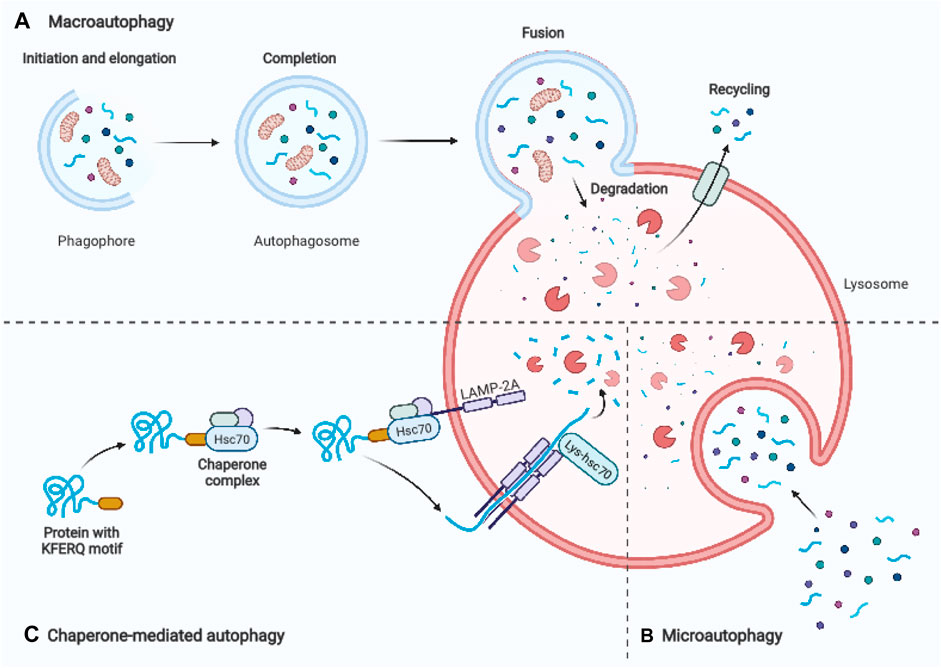
Diagram showing macroautophagy, microautophagy, and chaperone-mediated autophagy processes essential for cellular degradation and recycling in skin cells.
Research shows that impaired autophagy in skin cells contributes to inflammation, reduced collagen synthesis, and weakened barrier function. However, certain ingredients can activate autophagy pathways, essentially "resetting" cellular function and promoting healthier, more resilient skin.[^6][^4]
Postbiotics: The Microbiome Revolution in Skincare
Postbiotics represent a paradigm shift from trying to add beneficial bacteria to skin (probiotics) to providing the bioactive compounds that healthy bacteria naturally produce. These non-viable microbial cells and their metabolites offer the benefits of probiotics without the stability challenges or potential for unwanted bacterial overgrowth.[^1][^7]
The Microbiome-Skin Barrier Connection
The skin microbiome functions as an invisible protective shield, with beneficial bacteria producing antimicrobial peptides, maintaining optimal pH levels, and modulating immune responses. When this microbial ecosystem becomes imbalanced (dysbiosis), the skin becomes more susceptible to inflammation, infection, and barrier dysfunction.[^1][^2][^8]
Clinical studies demonstrate that postbiotics can restore microbial balance without the unpredictability of live bacteria. Research published in the Journal of Cosmetics shows that postbiotic-containing formulations significantly reduced pathogenic bacteria like Pseudomonas stutzeri while promoting beneficial strains such as Staphylococcus epidermidis and Streptococcus mitis. This selective modulation creates an environment where healthy skin function can flourish.[^9]
Mechanisms of Postbiotic Action
Postbiotics work through multiple pathways simultaneously. They strengthen the skin's physical barrier by promoting ceramide synthesis and improving lipid organization in the stratum corneum. Additionally, they modulate inflammatory responses by regulating cytokine production and supporting the skin's natural immune defenses.[^1][^10][^8][^11]
A groundbreaking study using metabolomics analysis revealed that postbiotics enhance specific metabolic pathways related to skin hydration and barrier function. Participants using postbiotic-enriched products showed significantly improved correlation between beneficial bacteria and hydration levels, suggesting that these ingredients create a positive feedback loop for skin health.[^9]
Clinical Evidence for Postbiotic Efficacy
Triple-biotic technology combining postbiotics with prebiotics has shown remarkable results in clinical trials. Formulations containing this technology demonstrated enhanced skin barrier properties, increased expression of barrier biomarkers (aquaporin-3, involucrin, filaggrin), and improved antioxidant activity compared to conventional products.[^12]
The research indicates that postbiotics not only support immediate skin health but also prepare the skin for long-term resilience against environmental stressors. This preventive approach represents a significant advancement over reactive skincare strategies.
Trehalose: The Cellular Stress Protector
Trehalose emerges as a multifunctional powerhouse that addresses skin health from both hydration and cellular protection perspectives. This naturally occurring disaccharide, found in organisms that survive extreme environmental conditions, offers unique benefits that extend far beyond simple moisturization.
Autophagy Activation and Cellular Renewal
The most significant discovery about trehalose in skincare is its ability to activate autophagy through the TFEB (Transcription Factor EB) pathway. This mechanism allows trehalose to essentially "reset" cellular function by promoting the removal of damaged components and enhancing cellular renewal processes.[^13][^5]
Research demonstrates that trehalose-induced autophagy provides multiple benefits: reduced inflammation, improved stress resistance, enhanced collagen synthesis, and better wound healing. Studies using corneal epithelial cells exposed to osmotic stress showed that trehalose significantly reduced inflammatory cytokines (TNF-α, IL-1β, IL-6, IL-8) through autophagy activation.[^5][^14][^13]
Advanced Hydration Mechanisms
Unlike conventional humectants that simply attract water, trehalose mimics the skin's natural moisturizing factor (NMF). This sophisticated approach to hydration ensures compatibility with the skin's existing moisture systems and provides more sustainable hydration benefits.[^15][^16]
Clinical studies reveal that trehalose significantly enhances skin moisture levels and improves barrier function, making skin more resistant to dehydration and environmental stress. Its stability advantage over other sugars means these benefits persist longer and remain effective across various environmental conditions.[^16]
Protective Effects Against Environmental Damage
Trehalose provides exceptional protection against UV-induced skin damage through multiple mechanisms. Research shows that trehalose treatment promotes the interaction between TIMP3 (Tissue Inhibitor of Metalloproteinase 3) and Beclin1, key proteins involved in cellular protection and autophagy regulation.[^14]
Studies demonstrate that trehalose significantly reduces UVB-induced cell death and promotes cell migration, essential processes for skin repair and maintenance. This protective effect stems from enhanced autophagy activity and improved cellular stress response mechanisms.[^14]
Synergistic Effects in Skin Flap Studies
Fascinating research on random-pattern skin flaps reveals trehalose's comprehensive benefits for skin survival and regeneration. Treatment with trehalose significantly improved flap viability, increased blood flow, reduced tissue edema, and promoted angiogenesis while decreasing apoptosis and oxidative stress.[^5]
The study identified that trehalose's benefits work through TFEB-mediated autophagy enhancement, involving the AKT-AMPK-mTOR signaling pathway. This research provides compelling evidence for trehalose's ability to enhance skin resilience and recovery from stress.[^5]
Next-Generation Peptides: AI-Designed Precision Targeting
The peptide revolution in skincare has evolved from simple collagen fragments to sophisticated, AI-designed molecules that target specific cellular receptors and pathways with unprecedented precision. These next-generation peptides represent a quantum leap in skincare technology, offering targeted solutions for specific skin concerns.[^17][^18][^19]
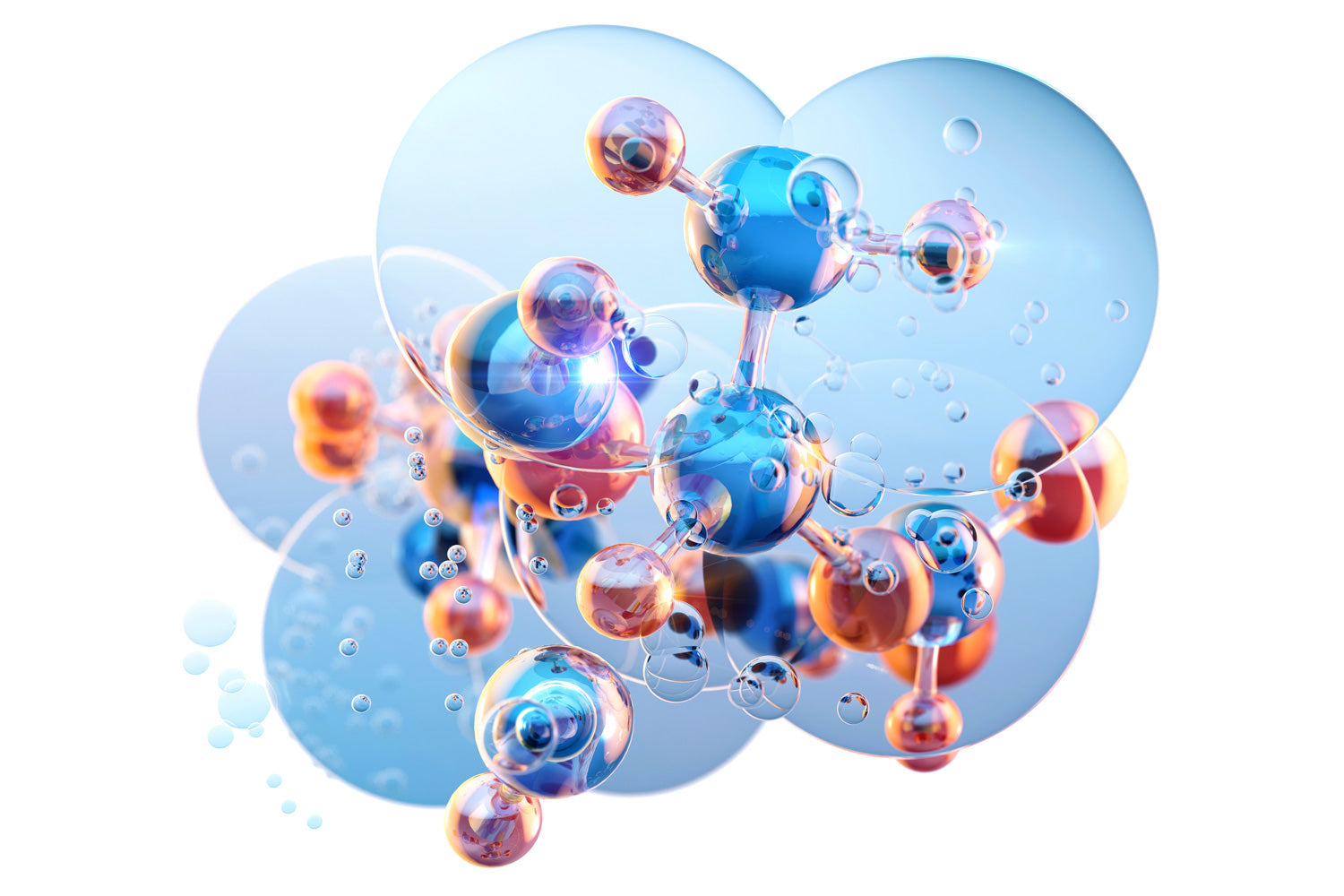
Molecular illustration of peptides used in skincare showing their complex structure and interactions.
AI-Powered Peptide Discovery
Artificial intelligence has transformed peptide development by enabling rapid screening of millions of potential sequences and predicting their biological activity. Companies like Bio Genetic Technology and Nuritas use AI platforms to design peptides that target specific skin concerns with remarkable precision.[^18][^20][^19][^21]
This technological advancement allows for the creation of peptides that were previously impossible to discover through traditional methods. AI-designed peptides like PeptiYouth and Cellaigie™ demonstrate efficacy that surpasses first-generation peptides by targeting multiple aging pathways simultaneously.[^19][^22]
Advanced Targeting Mechanisms
Modern peptides employ sophisticated mechanisms including cyclic structures for enhanced stability, carrier systems for improved penetration, and multi-target approaches for comprehensive benefits. Cyclic peptides, stabilized by hydrogen bonds, offer superior activity and longevity compared to linear peptides.[^20]
Signal peptides now target specific cellular pathways with laser-like precision. For example, Cellaigie™ modulates the mTOR pathway to promote autophagy and cellular repair, mimicking the beneficial effects of fasting and high-intensity interval training at the cellular level.[^22]
Clinical Evidence for Next-Generation Peptides
Recent clinical studies demonstrate remarkable improvements with AI-designed peptides. Palmitoyl Pentapeptide-4 showed significant reduction in both tech-neck lines and barcode wrinkles within 28 days, while also enhancing collagen synthesis over time. These results represent meaningful improvements in previously difficult-to-treat areas.[^17]
Research reveals that next-generation peptides can address five key signs of aging simultaneously: deep wrinkles, dull skin, enlarged pores, dark spots, and uneven skin tone. This multi-target approach provides more comprehensive anti-aging benefits than single-function ingredients.[^19]
Peptide Stacking Strategies
Strategic peptide combinations (peptide stacking) amplify individual benefits by activating multiple cellular pathways simultaneously. For example, combining Matrixyl 3000 (collagen-stimulating) with Argireline (muscle-relaxing) creates synergistic effects that address both structural and dynamic aspects of aging.[^23]
Clinical studies of stackable skincare systems show that systematic use of complementary peptides produces superior results compared to random ingredient combinations. This strategic approach maximizes efficacy while minimizing potential interactions.[^24]
Strategic Antioxidant Integration: The Synergy Science
Combining next-generation ingredients with antioxidants requires understanding molecular interactions and timing to maximize benefits while avoiding incompatibilities. The key lies in strategic layering and pH considerations rather than avoiding combinations altogether.

Mechanisms of action for next-generation skincare ingredients and their synergistic combinations
Vitamin C and Peptide Synergy
Contrary to outdated beliefs about peptide-vitamin C incompatibility, recent research demonstrates that these ingredients work synergistically when properly formulated. Vitamin C enhances peptide stability while peptides improve vitamin C absorption and efficacy.[^25][^26][^27]
Clinical studies show that vitamin C and peptide combinations provide enhanced antioxidant protection and improved collagen synthesis compared to either ingredient alone. The key is using stabilized vitamin C forms and ensuring proper pH balance in formulations.[^26][^27]
For sensitive skin, alternating application (vitamin C in the morning, peptides at night) provides benefits without potential irritation. However, many individuals can successfully use both ingredients in the same routine with proper introduction and monitoring.[^27]
Niacinamide Integration Strategies
Niacinamide proves exceptionally compatible with postbiotics and peptides, offering complementary benefits for barrier function and inflammation reduction. Research demonstrates that niacinamide enhances the barrier-supportive effects of both postbiotics and peptides while providing additional benefits for pore refinement and oil regulation.[^28]
Clinical studies using niacinamide combined with postbiotics and peptides showed significant improvements in skin hydration and erythema reduction compared to placebo. The 5% niacinamide concentration proved effective without causing irritation, making it suitable for sensitive skin types.[^28]
Comprehensive Stacking Protocols
Effective ingredient stacking requires understanding layering principles: thinnest to thickest consistency, pH compatibility, and timing considerations. Morning routines typically focus on antioxidant protection (vitamin C, niacinamide) while evening routines emphasize repair and renewal (peptides, trehalose).[^26]
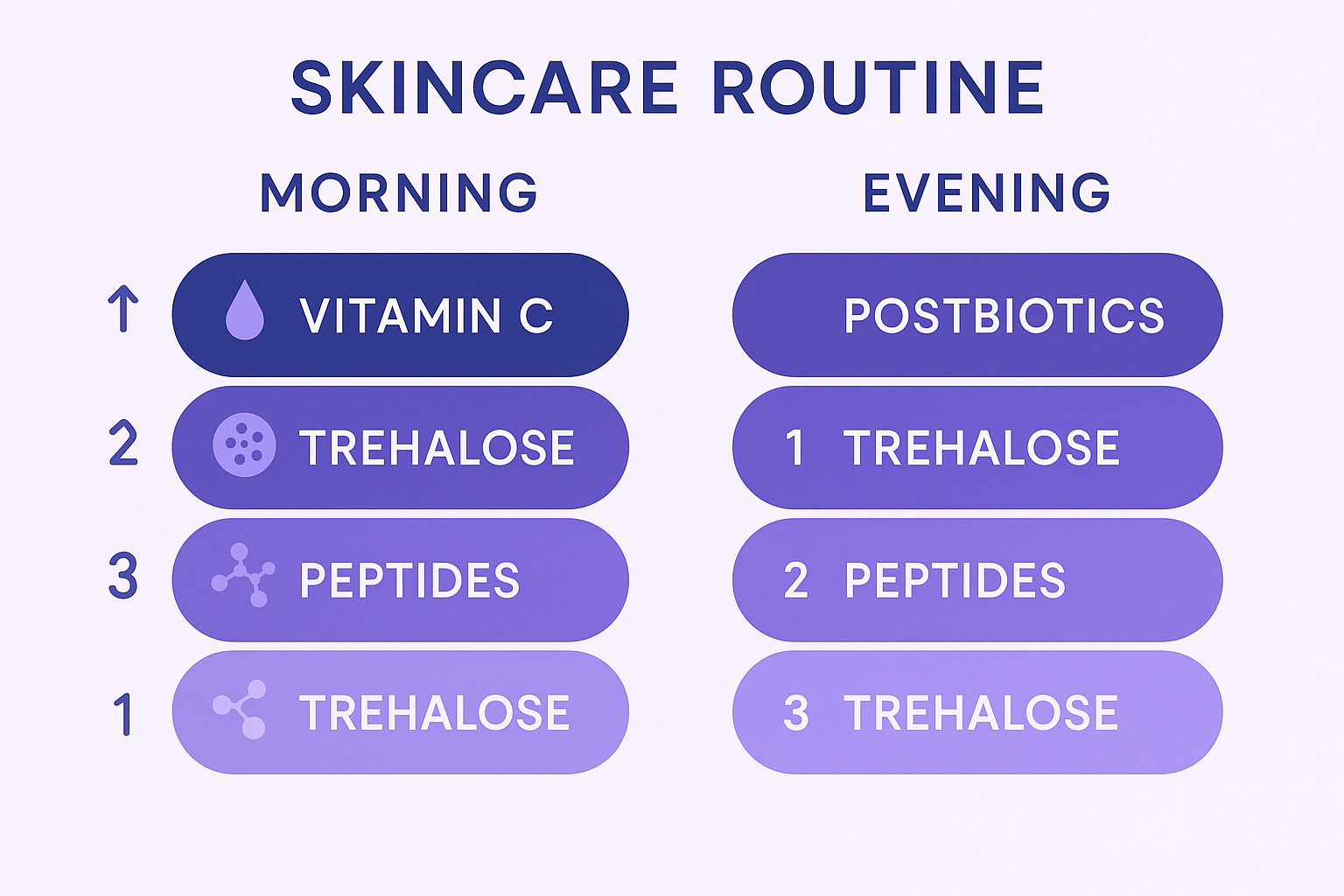
Strategic ingredient stacking guide for optimal skin barrier resilience
Research-backed stacking protocols suggest:
- Morning: Vitamin C serum → Niacinamide → Trehalose-containing moisturizer → Sunscreen
- Evening: Postbiotic cleanser → Peptide serum → Trehalose treatment → Occlusive moisturizer
This systematic approach maximizes ingredient efficacy while minimizing potential interactions and ensures consistent results over time.
Safety Considerations and Individual Customization
While these advanced ingredients generally demonstrate excellent safety profiles, individual skin responses can vary significantly. Understanding potential sensitivities and gradual introduction protocols ensures optimal results without adverse reactions.
Patch Testing and Introduction Protocols
Professional dermatologists recommend introducing new active ingredients one at a time with 2-3 day intervals between additions. This systematic approach allows identification of any problematic ingredients and enables customization based on individual tolerance levels.[^29][^28]
Sensitive skin individuals should start with lower concentrations and shorter contact times, gradually increasing as tolerance develops. Products containing multiple active ingredients may require longer adjustment periods compared to single-ingredient formulations.[^28][^29]
Monitoring and Adjustment Strategies
Effective skincare requires ongoing assessment and adjustment based on skin response, environmental factors, and seasonal changes. Key indicators include hydration levels, barrier function (assessed through TEWL measurements when possible), and subjective comfort measures.
Professional guidance becomes valuable for individuals with compromised skin barriers, active dermatological conditions, or those using prescription treatments. The complexity of modern skincare formulations benefits from expert oversight to optimize results and prevent complications.
Future Directions in Resilience-Based Skincare
The future of skincare lies in personalized, precision-targeted approaches that address individual skin profiles and genetic predispositions. Emerging technologies including AI-powered skin analysis, microbiome testing, and genetic screening will enable unprecedented customization of skincare regimens.
Biomarker-guided skincare represents the next frontier, where ingredients and concentrations are selected based on individual cellular needs rather than generalized skin types. This approach promises more effective and efficient skincare with reduced trial-and-error periods.
Sustainable and biocompatible ingredient development continues advancing, with focus on ingredients that work harmoniously with skin's natural processes rather than overriding them. This biomimetic approach aligns with growing consumer preference for gentle yet effective solutions.
Conclusion: Building Your Resilient Skin Strategy
The integration of postbiotics, trehalose, and next-generation peptides with strategic antioxidant support represents a significant advancement in skincare science. These ingredients work synergistically to address the root causes of skin aging and environmental damage rather than merely treating symptoms.
Success with these advanced formulations requires patience, consistency, and strategic implementation. The complexity of cellular-level skincare means results develop gradually but tend to be more sustainable and comprehensive than those achieved with conventional approaches.
The investment in understanding and implementing these technologies pays dividends in long-term skin health, resilience, and appearance. As the science continues advancing, those who embrace evidence-based, mechanism-focused skincare will benefit from more effective and efficient beauty routines.
The future of skincare has arrived, and it's more sophisticated, personalized, and effective than ever before. By harnessing the power of cellular biology, microbiome science, and artificial intelligence, we can achieve skin that's not just protected but actively resilient and continuously improving.
Sources
- 1. Oxidative Stress and Skin Aging
- 2. Age-related thymic involution mediated by increased expression of Ctip2
- 3. Editorial: Exercise, Redox Biology, and the Nrf2-ARE Pathway: Bridging Health Span and Resilience
- 4. Melatonin and Its Metabolites in the Prevention and Treatment of Skin Aging
- 5. Role of mechanical stretch in skin aging and development
- 6. The role of necroptosis in NLRP3 inflammasome activation of bone marrow-derived macrophages induced by sevoflurane
- 7. Clinical Assessment of the Efficacy and Safety of Topical Formulation of Growth Factors, Vitamins and Antioxidants in Patients with Facial Photoaging
- 8. Marine Collagen Peptides and Skin Health
- 9. Postbiotics in Dermatology and Anti-Aging: Focus on Recent Advances
- 10. Gut Microbiota and the Skin: Probiotics for Dermatology
- 11. Postbiotics and Atopic Dermatitis: Aiming to Modulate the Gut-Skin Axis
- 12. Prebiotic effect of prebiotic technology on skin health
- 13. Association of Macular Pigment Optical Density with Retinal and Choroidal Thickness in Healthy Eyes
- 14. Activation of human dermal fibroblasts with the tetrapeptide PKEK stimulates collagen I production through the TGF-β/Smad pathway
- 15. Trehalose: The Ultimate Hydration Powerhouse
- 16. Trehalose: The Science-Backed Skincare Ingredient
- 17. Peptide Breakthrough: Sequence for Modern Wrinkles
- 18. The Peptide Comeback: Why Skincare's Old Favorites Are New Again
- 19. A New Skin Care Peptide Discovered Thanks To Artificial Intelligence
- 20. Peptides: The Next Generation
- 21. The Peptide Comeback: Why Skincare's Old Favorites Are New Again
- 22. Targeting the signs of ageing with peptides
- 23. Peptide Stacking: What It Is and How to Do It
- 24. Immunometabolic Control of Macrophage Polarization in Immunity and Inflammation
- 25. Can You Use Peptides and Vitamin C Together?
- 26. What Ingredients to Mix With Peptides
- 27. What Skincare Ingredients Can You Use With Vitamin C?
- 28. Crosstalk Between Iron Metabolism and Ferroptosis
- 29. Peptides in Dermatology
- 30. Structural characteristics of the crosslinked collagen matrix in human dermis